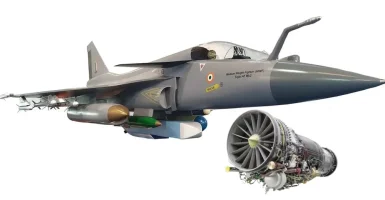- Views: 4K
- Replies: 33

Defence experts are cautioning India against rushing into a potentially costly acquisition of foreign fighter jets in response to Pakistan's anticipated acquisition of the J-35A fifth-generation stealth fighter.
They warn that such a reaction could lead to "panic buying," echoing past instances where India hastily procured aircraft to counter Pakistan's advancements, potentially diverting resources from long-term indigenous development programs.
Experts point to historical precedents, such as when Pakistan acquired F-16s, prompting India to quickly procure Mirage-2000s and MiG-29s to maintain air superiority. With Pakistan now poised to introduce the J-35A into its arsenal by as early as 2027, concerns are rising that a similar scenario might unfold.
The J-35A, developed by China, represents a significant upgrade for Pakistan, offering stealth capabilities, advanced avionics, and enhanced combat capabilities. Its introduction could potentially shift the balance of air power in South Asia. This acquisition is expected to occur well before India's own Advanced Medium Combat Aircraft (AMCA) takes its first flight, scheduled around 2034.
Experts also highlight Russia's strategic maneuvering in this situation, actively promoting the sale of its Su-57 fighter jet to India. They suggest that Russia is capitalizing on the potential pressure India might feel to acquire a fifth-generation fighter quickly.
While the urgency to counter Pakistan's new acquisition could lead India to consider various options, including upgrading its existing fleet or procuring foreign fifth-generation fighters, experts warn against hasty decisions.
Such choices come with complexities, including geopolitical considerations, high acquisition and maintenance costs, and potential implications for India's strategic autonomy and its pursuit of indigenous platforms like the AMCA.
Instead of rushing into a potentially costly and premature acquisition, experts urge India to carefully assess its options and prioritize long-term strategic goals.
They emphasize the importance of continued investment in indigenous development programs like the AMCA, which will ultimately provide India with greater technological independence and self-reliance in defence.

